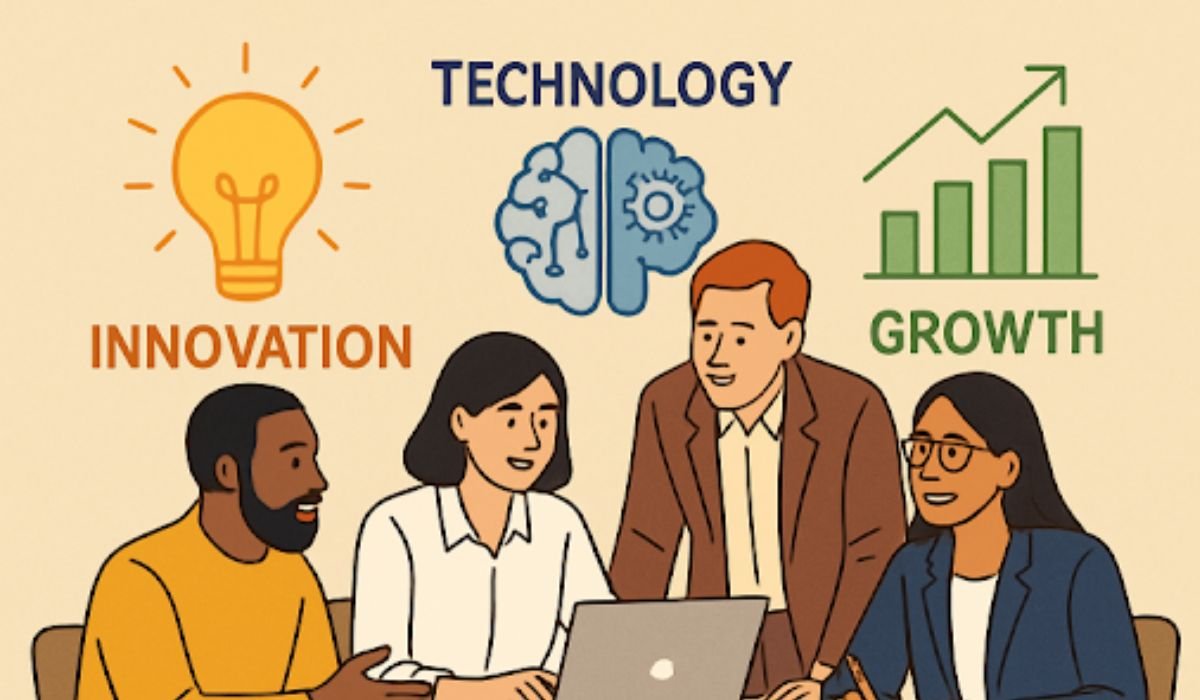Table of Contents
- Introduction
- Embracing Adaptive Thinking
- Leveraging AI in Leadership
- Fostering Innovation and Collaboration
- Prioritizing Soft Skills Development
- Building a Diverse and Inclusive Workforce
- Continuous Learning and Development
- Enhancing Communication Strategies
- Conclusion
Introduction
As digital transformation accelerates, leaders face pressure to adapt quickly, align with evolving workforce needs, and embrace dynamic working methods. Ensuring leadership competencies remain relevant means equipping current and aspiring leaders to thrive amid uncertainty and disruption. Organizations seeking a competitive edge are wise to prioritize a robust leadership development assessment strategy, ensuring their talent pool evolves alongside shifting business landscapes.
In tomorrow’s workplace, success hinges on leaders’ ability to balance technical savvy, human empathy, and strategic adaptability. Developing future-ready leadership skills is not just a matter of professional growth; it’s vital for long-term business resilience and employee engagement.
Embracing Adaptive Thinking
Adaptive thinking has emerged as an essential attribute for modern leaders. It involves viewing challenges from multiple angles, keeping the organization agile, and making quick decisions responding to fast-changing scenarios. In industries from technology to healthcare, those at the helm need to anticipate change and encourage teams to think beyond conventional solutions. Scenario planning, reverse mentoring, and exposure to cross-industry best practices are proven ways to nurture this critical mindset. In particular, reverse mentoring—where senior leaders learn from younger employees with a digital-first perspective—ensures organizations stay attuned to emerging digital and generational trends.
Leveraging AI in Leadership
Artificial Intelligence is no longer a futuristic concept reserved for IT departments. Today, AI is an indispensable leadership ally, streamlining everything from strategy setting to talent development. Leaders can utilize AI to run analytical tools such as PESTLE analyses, identify emerging blind spots, and personalize growth plans. AI-based talent analytics improve objectivity in decision-making and help leaders spot skills gaps before they impact performance. Providing comprehensive AI training for teams is therefore indispensable, facilitating seamless adoption and unlocking organizational value. Research from Harvard Business Review highlights the increasing influence of AI in reshaping the future of work and leadership responsibilities.
Fostering Innovation and Collaboration
Innovation flourishes when organizations deliberately blend diverse perspectives and skill sets. Leaders play a pivotal role by breaking down silos and building cross-functional teams that share collective responsibility for results. Open communication and knowledge sharing are pivotal, as exemplified by Google’s “20% time” policy, which encourages employees to circulate ideas and innovate on personal projects. This collaborative approach keeps skills fresh, uncovers hidden talents, and leads to market-disrupting products. Incorporating “innovation sprints” or regular hackathons can also provide safe spaces for creativity to thrive and for employee potential to shine through unexpected breakthroughs.
Prioritizing Soft Skills Development
Technical acumen may land a leadership role, but soft skills are what truly sustain effectiveness. Empathy, adaptability, critical thinking, and clear communication allow leaders to mediate, inspire, and engage diverse teams, even in periods of uncertainty. Forward-thinking companies like IBM have embedded soft skills into their leadership development frameworks, recognizing that emotional intelligence is as valuable as digital literacy. As hybrid work models grow, the ability to facilitate difficult conversations and foster psychological safety is driving long-term organizational success. The Forbes Human Resources Council explains why soft skills are becoming non-negotiable for next-generation leaders.
Building a Diverse and Inclusive Workforce
Diversity and inclusion are not just social imperatives but strategic business priorities tied to innovation and performance. Leaders committed to cultivating a varied talent pool reap the benefits of increased creativity and broadened perspectives. Inclusive workplaces attract high-performing candidates and see higher retention rates, as employees feel more valued and empowered. To achieve this, leaders must champion bias-free recruitment, open-door feedback, and mentorship opportunities for underrepresented groups. These practices foster innovation and ensure that every team member’s voice is heard and respected.
Continuous Learning and Development
Stagnation is the enemy of progress. By embedding continuous learning cultures, organizations equip their leaders to adapt and grow with business needs. Competency-based training, regularly updated to reflect market trends, can be supported by AI-driven assessments that personalize pathways based on strengths and aspirations. Blended learning approaches—combining workshops, virtual classrooms, and self-paced e-learning—cater to diverse styles and ensure that professional development keeps pace with organizational goals. Commitment to upskilling reflects a company’s confidence in its people and strengthens its employer brand.
Enhancing Communication Strategies
Digital platforms and AI-powered simulations transform how leaders build and refine their communication skills. These innovative tools create scalable, interactive environments where leaders can practice handling difficult conversations, delivering constructive feedback, and uniting teams around shared objectives. Unlike traditional training, they adapt to real-time responses, offering practical scenarios that mirror workplace challenges. Integrating personalized coaching and context-specific learning encourages authenticity, making communication strategies more effective across diverse, multi-generational teams. As remote and hybrid work models become standard, the ability to communicate clearly and empathetically through digital channels is no longer optional—it’s a defining skill that sets successful leaders apart in today’s evolving organizational landscape.
Conclusion
Future-proofing leadership is less about accurately forecasting every trend and more about cultivating strengths that allow leaders to respond effectively in uncertain times. Authentic leadership requires confidence, clarity, and compassion, ensuring decisions serve both organizational goals and people’s well-being. Embracing adaptive thinking helps leaders remain flexible, while harnessing AI and digital tools positions them to navigate technological disruption. Collaboration and emotional intelligence elevate team performance, while diversity and inclusion drive innovation and resilience. Prioritizing continuous learning keeps leaders sharp, and mastering communication builds trust and alignment across all levels. Organizations that embed these qualities create leaders who not only withstand disruption but also empower their teams to achieve lasting success, turning challenges into opportunities for growth and transformation.
YOU MAY ALSO LIKE: Lacey Maurer NC: A Local Leader Weaving Community Together










